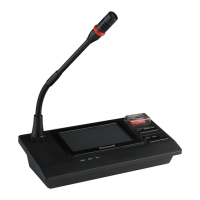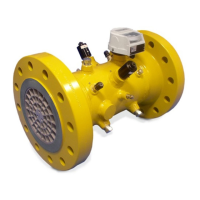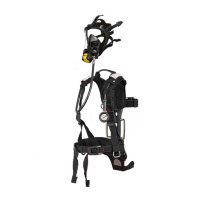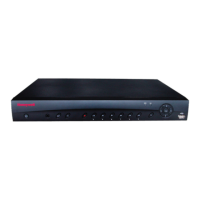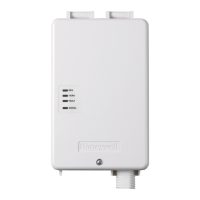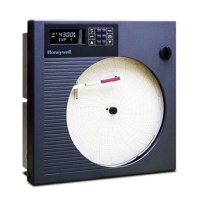228 43-TV-25-30 Iss.6 GLO Aug 07 UK
Source or origin of the data (channel or event), Rate and Type of data sampling being com-
municated. See “OPC Interface - Open Process Control” on page 232.
and “OPC Cli-
ents” on page 233
.
Database Logging
This tab will display information on what is currently being logged to a database for the de-
vice that is selected in the top window: its Destination or where the information is going to,
Source or origin of the data (channel or event), Rate and Type of data sampling being com-
municated.
A third tab,
Diagnostics, can be enabled using the Administration button, and selecting
Preferences.
Database Servers
The Database Server will list databases and display the devices within each database as
they are added. Click on any of the database servers or the database within and details of
that item are displayed in the main window. The main window will split to give additional in-
formation for databases showing comms port and device details.
Devices are added to the comms server through the Communications port, the device can
then be configured for logging. The devices appear in the database and these databases
are held within database servers. Figure 8.5, “Comms Server Overview,” on page 216,
shows the comms status screen, in the left window from the top is displayed Database Serv-
er, Local and remote database and devices held on the Local database. All Logging config-
uration for comms logging and logging to a database is set up from the Comms Server.
Connected databases are displayed with a green icon. If the database is in red it is not con-
nected, check the
IP Address and Device ID are correct and a protocol has been selected
on the device. Un-tick and then tick the active box on the comms server to restart the data-
base connection.
This section looks at the Comms Server’s main elements displayed in the Status Screen:
Database Servers, Local and Remote Servers, Databases, Communication Ports, Data-
base logging and Client connections
Remote database servers can be added to the list to enable access to devices held in other
databases on a remote database server in another location. To connect to a remote data-
base server the IP address must be known of the PC where the databases server is held
Items with a ‘+’ sign signifies there are items listed within. Click on the ‘+’ sign to activate/
expand.
• Listed under the Database Servers are a list of Servers.
• Listed under each Server are the Databases.
• Listed under each Database are the devices
.
The bottom window has three actions,
Client connections, Database logging and Diag-
nostics
. When a device is selected from the top window details of the device’s activity is
This is the Database Server icon.
This is the Database icon

